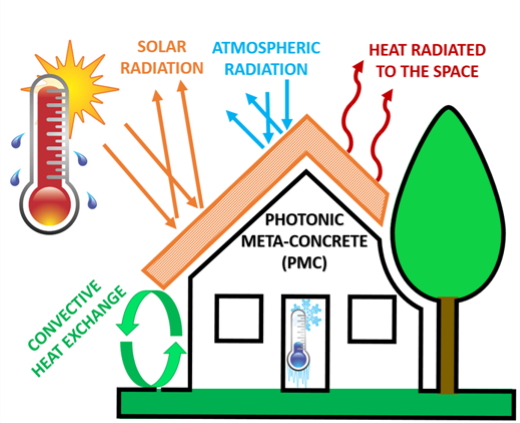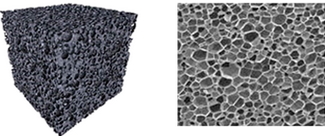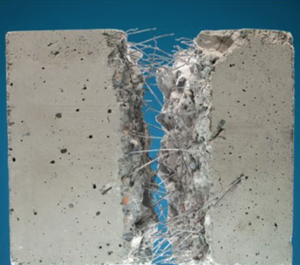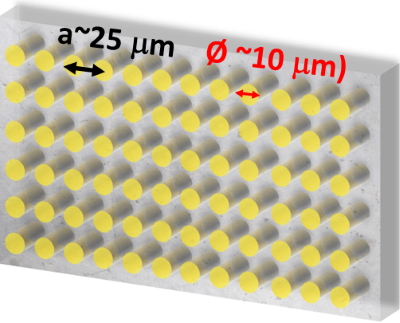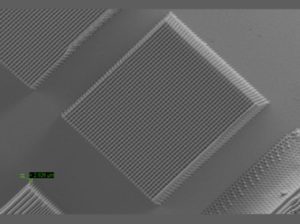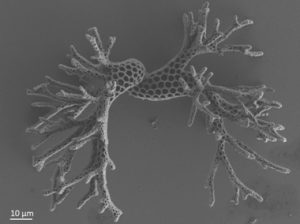Objectives

Main objectives & Impact
The MIRACLE project opens a radically unexplored scientific and engineering avenue, i.e. the concept of Photonic Meta-Concretes (PMC), and endeavours to
1 prove the feasibility of this idea by developing for the first time in the state of the art a radiative cooling device based on a PMC
2 fabricate a prototype whose radiative cooling performance will be validated on the roof of a real building and
3 start the roadmap of this emerging S&T avenue (PMC) by evaluating its potential environmental impact and exploring how the PMCs could be used in other applications.

